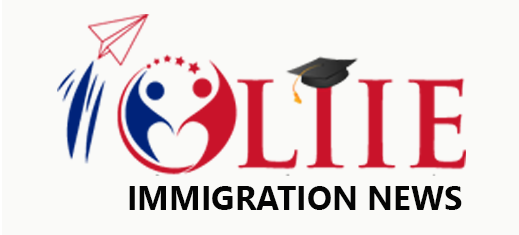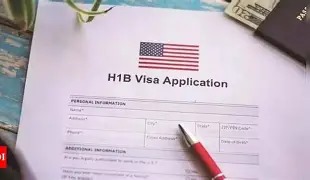Washington, D.C., July 20, 2025 — The United States may be on the verge of a major overhaul of the H-1B visa selection system as the Department of Homeland Security (DHS) revives a Trump-era proposal to replace the random lottery with a “weighted selection process.” The plan, currently under review at the White House Office of Information and Regulatory Affairs, could reshape how foreign workers are hired under the capped portion of the H-1B program.
The annual H-1B cap stands at 85,000 visas, including a 20,000 allocation for applicants with U.S. master’s degrees. These slots are filled each year through a lottery system, which was designed to ensure a fair and impartial process. However, critics argue the current system favors large companies that submit a high volume of applications, often leading to an imbalance in the types of workers who are selected.
The proposed rule aims to prioritize visa petitions based on the wage levels offered to applicants, giving an edge to higher-paid and potentially more skilled workers. This approach was originally introduced during the Trump administration as part of the “Buy American, Hire American” policy initiative, which sought to limit low-wage foreign labor and ensure that U.S. employers sought highly qualified international talent.
While the Biden administration shelved the wage-based rule in 2021, citing concerns over fairness and potential labor shortages in certain sectors, a renewed debate is now taking shape. In January, the Institute for Progress, a nonpartisan innovation policy think tank, proposed eliminating the lottery system altogether. It suggested that a selection process based on criteria such as salary or job seniority could increase the overall economic value of the visa program by as much as 88%.
Opponents of the weighted model warn that it could reduce opportunities for smaller firms and startups that may not be able to offer top-tier salaries. In addition, there are concerns about how the change would affect diversity and inclusion efforts, as well as potential labor market disruptions in sectors dependent on mid-level tech workers.
For the 2026 fiscal year, the U.S. Citizenship and Immigration Services (USCIS) announced last Friday that the cap has already been reached, closing the application window and eliminating the need for a lottery this year.
Cap-exempt organizations — including universities and nonprofit research institutions — are not affected by these proposed changes and may continue to sponsor H-1B workers outside of the annual quota.
If implemented, the rule could mark a significant shift in U.S. immigration policy for skilled workers and further align the visa system with labor market priorities. A public comment period is expected if the proposal moves forward, potentially reopening a contentious debate over how best to balance economic growth, workforce needs, and immigration fairness.
Written by: LIIE IMMIGRATION


